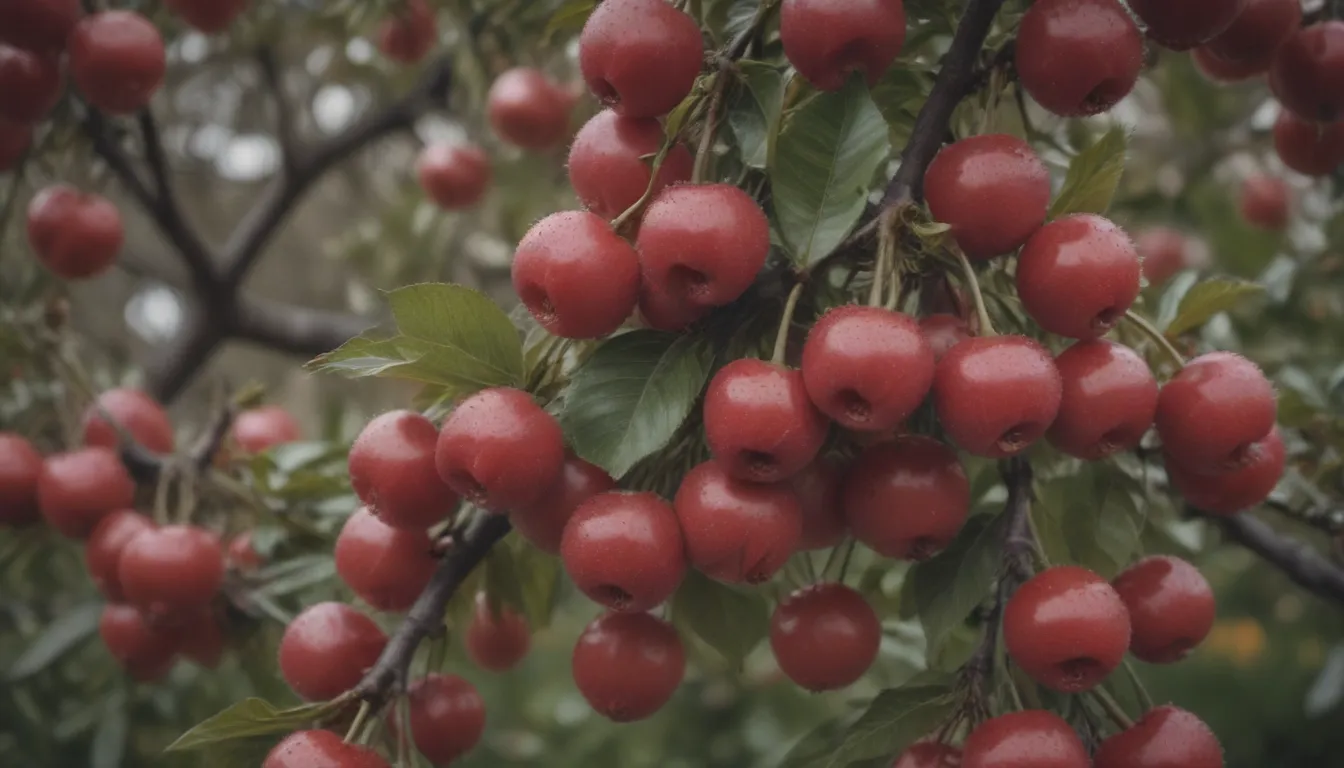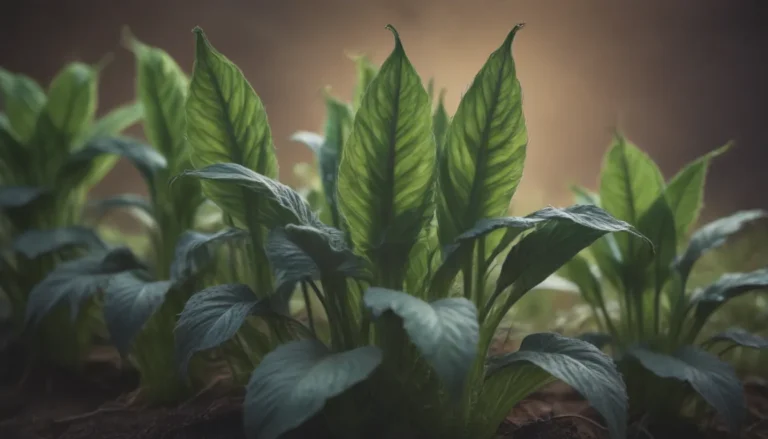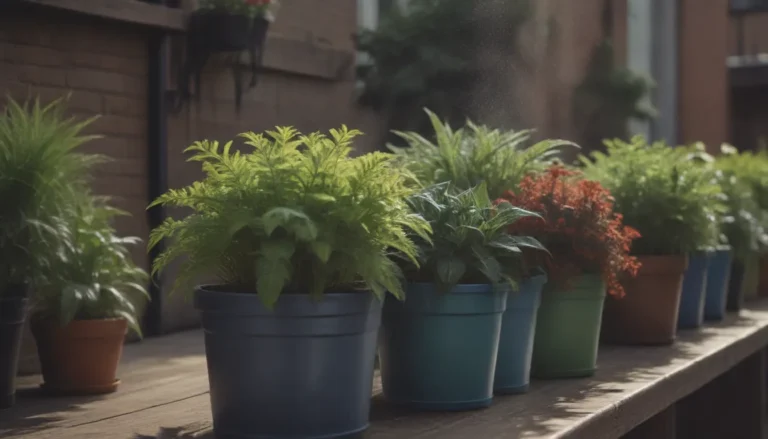How to Successfully Grow and Care for a Bing Cherry Tree

Are you thinking about planting a Bing cherry tree in your yard but feeling overwhelmed by the process? Don’t worry, I’ve got you covered! In this comprehensive guide, I’ll walk you through everything you need to know to ensure your Bing cherry tree thrives and produces those delicious cherries you’ve been dreaming of.
Planting Your Bing Cherry Tree
Planting a Bing cherry tree is not as simple as sticking it in the ground and hoping for the best. Here are some essential tips to consider when planting your tree:
Purpose
If you’re planting for fruit production, you will need to plant two trees – the Bing cherry tree and a cross-pollinator. Some excellent choices for cross-pollinators include ‘Black Tartarian,’ ‘Rainier,’ and ‘Van.’ Be sure to research the specific needs and care requirements for both trees to ensure a successful harvest.
Selecting a Planting Site
Choose a planting site that receives six to eight hours of sunlight daily and has neutral pH, sandy, well-draining soil. Avoid areas prone to high winds or standing water, as these can be detrimental to your tree’s health. It’s essential to select a location that is compatible with the requirements of your chosen cross-pollinator.
Spacing, Depth, and Support
When planting your Bing cherry tree, dig a hole twice as wide as the container or burlap ball and plant it at a shallow depth. Backfill the hole with soil, tamp it down, and provide support with a stake to ensure proper growth and stability. Plant your cross-pollinator within 20-25 feet of the Bing cherry tree for optimal pollination.
Caring for Your Bing Cherry Tree
Now that your Bing cherry tree is in the ground, it’s time to focus on care and maintenance to help it thrive. Here are some essential tips for caring for your tree:
Light
Ensure your tree receives full sun to promote a plentiful harvest and overall tree vigor. Full sun exposure will also protect your tree from cooler temperatures and allow it to dry off quickly if it gets wet unexpectedly.
Soil
Bing cherry trees prefer well-draining, neutral sandy soil with some organic content. Proper moisture retention is crucial for the health and productivity of your tree.
Water
Provide ample water during the spring when your tree is preparing to bloom, but be cautious not to overwater as the fruit develops. Location and climate zone play a significant role in water requirements for Bing cherry trees.
Temperature and Humidity
Bing cherry trees are sensitive to climate conditions, so it’s essential to plant them in USDA-recommended zones and consider factors like wet weather, cold snaps, and extreme temperatures that can impact tree health.
Fertilizer
While Bing cherry trees are slow feeders and typically do not require supplemental fertilizer, a soil test can help determine if additional nutrients are needed. Use a fertilizer formulated for cherry trees if necessary, but be cautious not to upset the nutrient balance for fruit production.
Pollination
Since Bing cherry trees do not self-pollinate, plant a suitable cross-pollinator within 100 feet to ensure fruit production. Good examples of cross-pollinators include ‘Black Tartarian,’ ‘Rainier,’ ‘Stella,’ and ‘Van.’
Types of Bing Cherry Trees
There is only one common cultivar of Bing cherry trees – Prunus avium ‘Bing.’ However, a dwarf form can be achieved using a cherry rootstock to stunt growth, typically used for ornamental purposes.
Harvesting Bing Cherries
Your first Bing cherry harvest will typically occur three to four years after planting, with ripe fruit ready to harvest between June and August. Allow the fruit to ripen fully on the tree for the best flavor.
Pruning the Bing Cherry Tree
Annual pruning of your Bing cherry tree is essential to promote healthy growth, airflow, and fruit production. Remove dead, dying, and damaged branches to create an open canopy for optimal sun exposure and easy harvesting.
Propagating Bing Cherry Trees
While propagating Bing cherry trees is possible, it’s not recommended due to the time and effort required compared to purchasing grafted specimens. Cuttings or seed propagation may result in unreliable fruit production and longer time to maturity.
Common Pests & Diseases
Watch out for common pests like cherry aphids, western cherry fruit flies, and spider mites that can damage your Bing cherry tree. Diseases like root rot can be a significant concern, especially in wet, poorly drained soil conditions. Proper location and soil management are crucial to preventing pest and disease issues.
In conclusion, growing and caring for a Bing cherry tree requires dedication and attention to detail, but the rewards are worth it when you enjoy a bountiful harvest of delicious cherries. By following the tips outlined in this guide, you can successfully cultivate a healthy and productive Bing cherry tree in your own backyard. Happy gardening!





